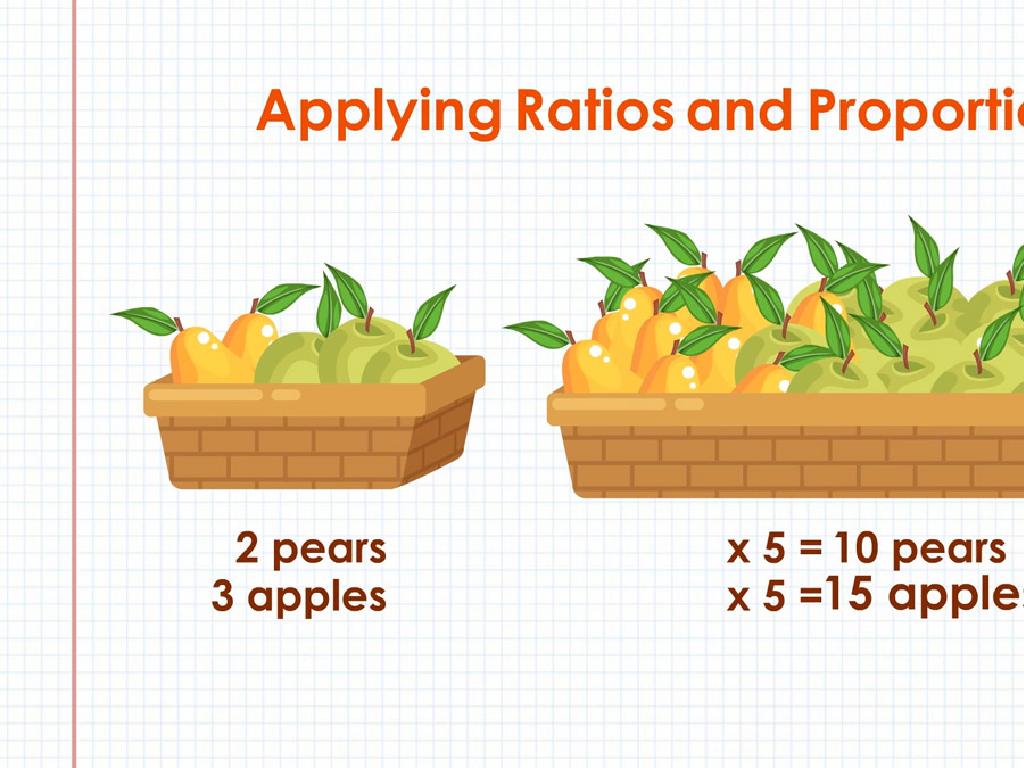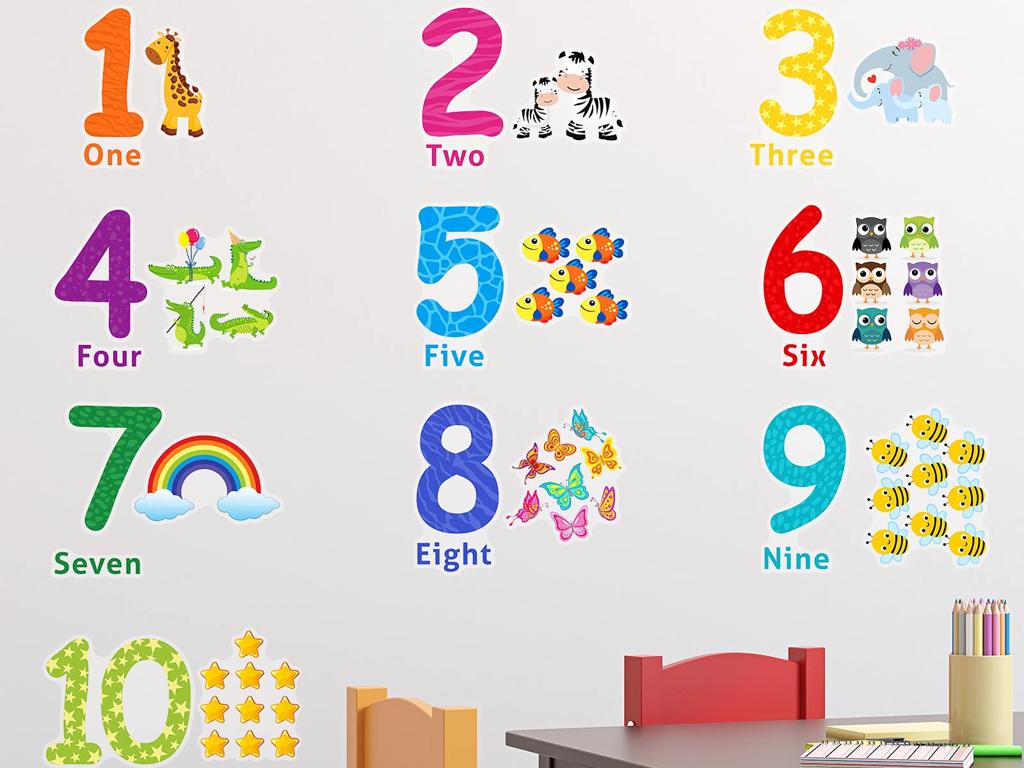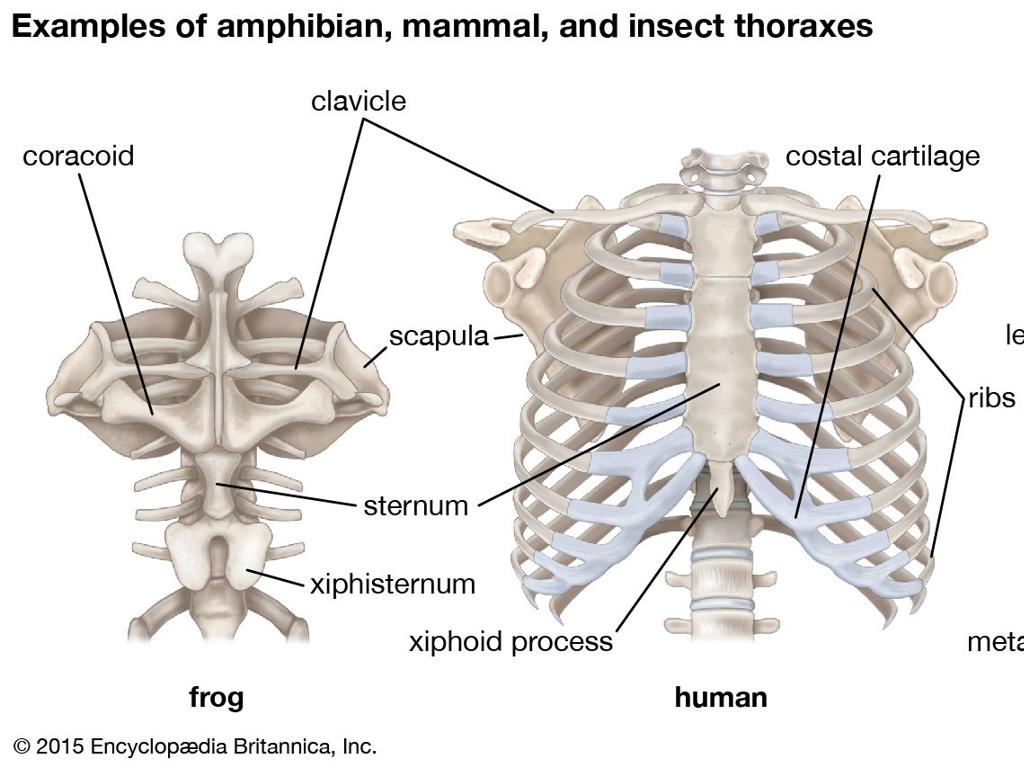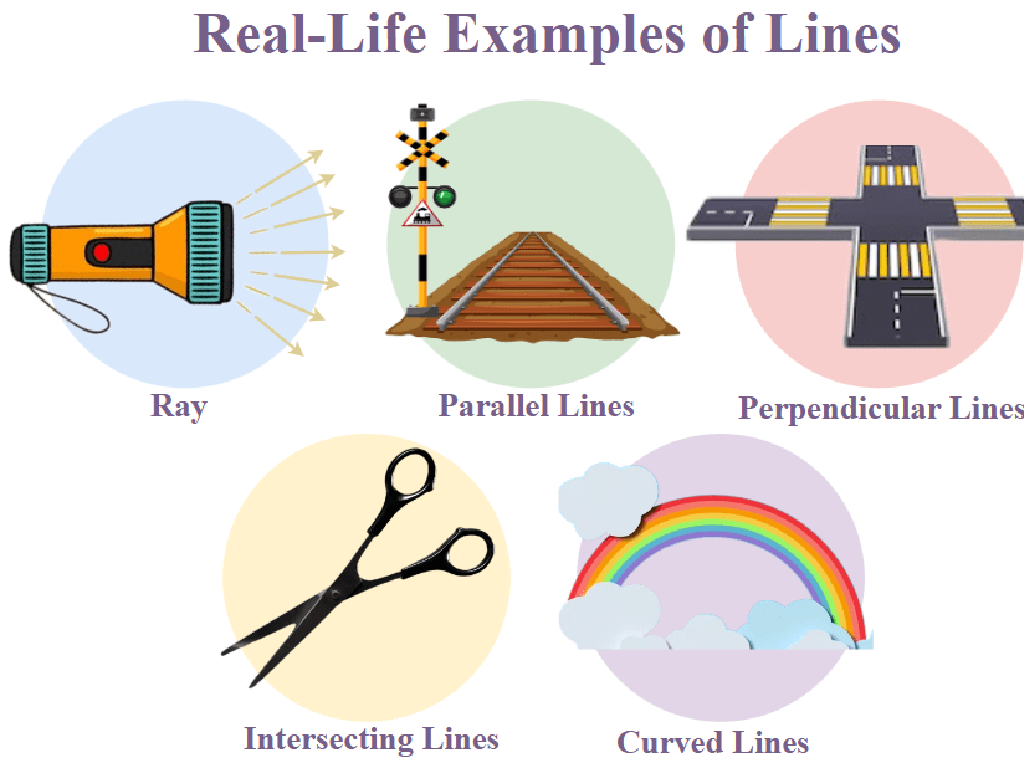Benefits Of Group Behavior: African Wild Dogs
Subject: Science
Grade: Third grade
Topic: Animals
Please LOG IN to download the presentation. Access is available to registered users only.
View More Content
Teamwork in the Wild: African Wild Dogs
– What is ‘group behavior’?
Group behavior means acting together for a common goal.
– Benefits of group living
Living in groups means help in hunting and protection.
– African wild dogs as a team
These dogs work together to care for puppies and hunt.
– How teamwork helps survival
Teamwork means better hunting success and protection from predators.
|
This slide introduces the concept of group behavior in animals, focusing on African wild dogs. Start by explaining that ‘group behavior’ refers to the ways animals act together to achieve something they might not be able to do alone. Emphasize the benefits of living in groups, such as improved hunting efficiency and increased protection from predators. Use African wild dogs as a specific example, highlighting how they cooperate in raising their young and hunting for food. Explain that this teamwork is essential for their survival in the wild. Encourage the students to think of times when they have worked in a team and how it helped them achieve their goals.
Meet the African Wild Dogs
– African wild dogs are unique
– Also known as painted wolves
– They have special characteristics
– Mottled coats, large ears, and bushy tails
– Live together in packs
– Their habitat includes savannas and woodlands
– Cooperation is key to survival
– They hunt in groups and care for sick members
|
This slide introduces third-grade students to African wild dogs, emphasizing their uniqueness in the animal kingdom. Highlight their distinctive mottled coats, large rounded ears, and bushy tails to help students identify them. Discuss their social structure and how living in packs benefits them, such as cooperative hunting and caring for the ill or injured members, which is not common in many other species. Explain that their habitat typically consists of savannas and woodlands across sub-Saharan Africa. The goal is to foster an appreciation for these animals and an understanding of how group behavior contributes to their survival.
The Power of the Pack: African Wild Dogs
– What is a ‘pack’?
– A pack is a group of wild dogs living together.
– Wild dogs’ teamwork
– They hunt together, share food, and take care of puppies.
– Benefits of pack living
– Living in a pack means help in hunting and protection.
– Pack protects each other
– If one dog is in danger, others in the pack come to help.
|
This slide introduces students to the concept of pack behavior in African wild dogs. Begin by explaining that a ‘pack’ is a family of dogs that live, hunt, and play together. Emphasize the importance of teamwork in their survival, such as how they cooperate during a hunt and share their food. Discuss the benefits of living in a pack, like increased success in hunting and protection from predators. Highlight how pack members look out for one another, especially when one is threatened. Use this opportunity to draw parallels between the cooperative behavior in wild dogs and teamwork among people. Encourage students to think of times when they work together with others and how it helps them achieve their goals.
Teamwork in Hunting: African Wild Dogs
– Wild dogs hunt in packs
– They work together to catch prey
– Each dog has a special role
– Some dogs chase, while others corner the prey
– Group hunting is more successful
– Packs catch more food than a dog hunting alone
– Comparing solo and group hunts
|
This slide aims to teach students about the cooperative hunting strategies of African wild dogs. Emphasize the importance of teamwork by explaining how each member of the pack contributes to a hunt, with some dogs chasing the prey and others helping to corner it. Discuss how hunting in groups leads to higher success rates compared to when a wild dog hunts alone. Provide statistics if available to illustrate the difference in success rates. Encourage students to think of times when they have worked as a team and how it helped them achieve their goals.
Caring for Each Other in Wild Dog Packs
– Pack members share their food
– After a hunt, all members, even those who didn’t hunt, get to eat.
– Puppies receive protection and care
– Puppies are guarded and fed by the whole pack, not just their parents.
– Injured dogs are supported by the pack
– If a dog is sick or hurt, others help by bringing food and staying close.
|
This slide focuses on the social structure of African wild dog packs and how they care for each other, which is a great example of group behavior benefits. Emphasize the cooperative nature of these animals, where food is shared among all members, ensuring the survival of the pack. Highlight the communal care that puppies receive, which increases their chances of reaching adulthood. Discuss how the pack supports its injured or sick members, showcasing empathy and social bonds. These points illustrate the importance of group behavior in the animal kingdom and can be related to human behaviors of sharing and caring in communities.
Staying Safe Together: African Wild Dogs
– Packs protect each member
– Like a big family, each dog helps look out for the others.
– Group vigilance for safety
– One or two dogs watch for danger while others rest or play.
– Communication is key in packs
– They use barks and calls to talk to each other about danger.
– Teamwork in wild dog packs
|
This slide aims to teach students about the benefits of group behavior in African wild dogs. Discuss how living in packs helps these animals protect each other, similar to how friends look out for one another. Explain that group vigilance means some dogs are always on the lookout for threats, allowing others to relax, knowing they’re safe. Highlight the importance of communication, such as barking or calling, to alert the pack of danger. Emphasize that teamwork is essential for their survival, just like in sports or class projects. Encourage students to think of times they’ve worked together with others to stay safe or achieve a goal.
Teamwork in the Wild: African Wild Dogs
– Benefits of living in groups
– Hunting together, caring for young, protection from predators
– Group vs. solitary animals
– Solitary animals hunt alone, less protection
– Group behavior for survival
– Strength in numbers, sharing tasks, learning from each other
|
This slide aims to teach third-grade students about the advantages African wild dogs gain by living and acting in groups. Group behavior in animals can include cooperative hunting, which increases their chances of catching prey, and communal care for the young, ensuring a higher survival rate. Comparing group-living animals to solitary ones helps students understand the challenges faced by animals that live and hunt alone, such as less protection against predators. Emphasize that for African wild dogs, group behavior is crucial for survival, as it allows them to defend themselves better, share responsibilities, and pass on knowledge within the pack. Encourage students to think of times when they have worked better as a team, drawing parallels to the animal kingdom.
Class Activity: Be a Wild Dog Pack!
– Form ‘packs’ with classmates
– ‘Hunt’ for toys as a team
– Discuss teamwork benefits
– How did cooperation lead to success?
– Reflect on the activity
– Think about how each member contributed.
|
This activity is designed to simulate the cooperative nature of African wild dogs by having students work in small groups, or ‘packs,’ to find toys hidden around the classroom. The aim is to teach the importance of group behavior and teamwork. Before starting, explain how wild dogs work together to hunt and survive. During the activity, observe how students communicate and strategize as a team. After the ‘hunt,’ facilitate a discussion on how teamwork made the activity easier, drawing parallels to how wild dogs benefit from hunting in packs. Encourage students to share their experiences and reflect on the value of each member’s contribution to the group’s success.






